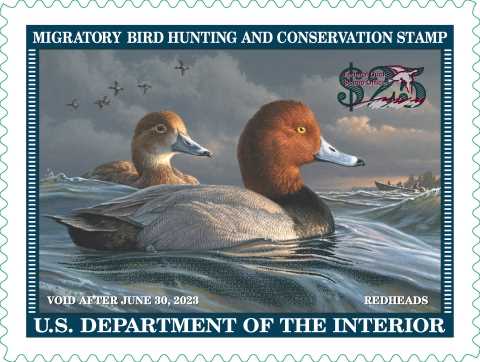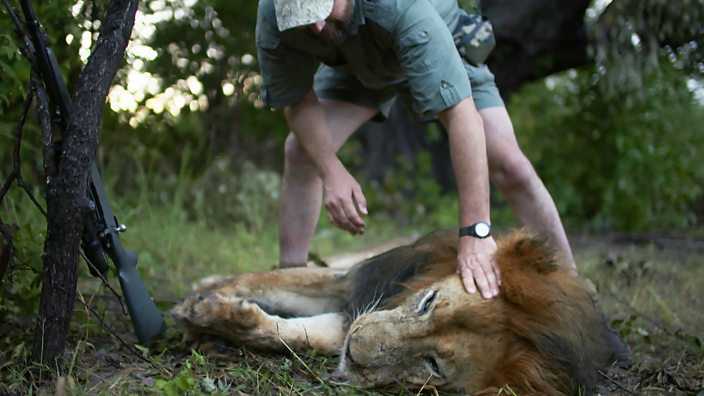Contents
Conservation Efforts and the Impact of Hunting on Animals: Understanding the Importance of Preservation

Tracking game is an age-old practice that has been deeply ingrained in human history. For centuries, humans have caught and trapped animals for various reasons – be it for food, clothing, or simply for sport. As a result, countless species have been hunted, oftentimes to the brink of extinction. It is crucial that we understand the impact of hunting on these animals and take necessary conservation efforts to protect them.
The act of hunting can have a significant impact on animal populations. When an animal is hunted, its population can rapidly decline, especially if it is a prey species that is pursued by multiple predators. Over-hunting can disrupt the delicate balance of ecosystems, leading to changes in vegetation and the overall health of an environment. Additionally, the loss of certain species can also have cascading effects on other animal populations, causing a ripple effect throughout the entire ecosystem.
Conservation efforts are crucial in order to mitigate the negative consequences of hunting. These efforts include establishing protected areas where hunting is prohibited, implementing strict regulations and quotas for hunting, and promoting sustainable practices. Conservation organizations also work towards educating communities about the importance of wildlife conservation and the impact of hunting on animal populations. By fostering a greater understanding and respect for these hunted animals, we can ensure their survival for future generations.
Hunted Animal

Hunted animal refers to any animal that is pursued, trapped, or caught by humans for various purposes. Throughout history, animals have been hunted for their meat, fur, or as game trophies. However, the impact of hunting on animal populations has raised concerns about conservation efforts.
Prey species are particularly vulnerable to hunting. These animals are hunted by predators in their natural habitats, but human hunting can disrupt the delicate balance of nature. When large numbers of prey animals are hunted, it can lead to a decrease in their population and disrupt the entire ecosystem.
| Advantages of hunting | Disadvantages of hunting |
|---|---|
| Hunting can provide food and resources for communities. | Over-hunting can lead to the extinction of certain species. |
| Hunting can help control populations of certain animal species. | Illegal hunting and poaching can lead to the decline of endangered species. |
| Regulated hunting can generate revenue for conservation efforts. | Habitat destruction caused by hunting can impact other species in the ecosystem. |
Conservation efforts are now focusing on sustainable hunting practices and the protection of endangered species. Many countries have established hunting regulations and protected areas where hunting is prohibited. These measures aim to ensure that hunting is not detrimental to animal populations and the environment.
Overall, understanding the impact of hunting on animal populations and implementing conservation efforts is crucial for maintaining a balance between humans and nature. By preserving the prey species that are hunted and protecting their habitats, we can help sustain the delicate ecosystems in which they exist.
Understanding the Impact

The hunted animal is caught in a relentless game of survival, where it is pursued by predators and prey alike.
Tracking the impact of hunting on animal populations is crucial for conservation efforts. Understanding how the hunted animal's population is affected helps conservationists develop strategies to protect and preserve these species.
Hunting is a traditional practice that has been carried out by humans for thousands of years. However, with the advancement of technology and increased demand for animal products, hunting has become a more intensive and commercialized activity.
The hunted animal becomes a vulnerable target for hunters seeking to profit from its resources. Overhunting can lead to a dramatic decrease in population numbers, which can disrupt the natural balance of ecosystems. When prey populations are depleted, predators may also suffer, leading to cascading effects throughout the food chain.
Conservation efforts aim to regulate hunting activities and enforce sustainable practices. By implementing hunting quotas, protected areas, and educating hunters about the importance of conservation, we can mitigate the impact of hunting on vulnerable species.
Understanding the impact of hunting is not limited to studying the hunted animal itself. It also involves examining the socio-economic factors that drive hunting and the cultural significance of hunting practices in different communities.
By understanding the impact of hunting on both the hunted animal and the surrounding ecosystems, we can develop effective conservation strategies that balance the needs of humans and wildlife. Through collaboration and awareness, we can ensure the survival of these magnificent creatures for generations to come.
The Importance of Hunting Regulations

Hunting regulations are essential for maintaining a balance between the conservation of hunted animals and the rights of hunters. Without these regulations, hunted animals could be pursued and caught without any regard for their population or the long-term impact on the ecosystem.
One of the main purposes of hunting regulations is to ensure the sustainable harvest of animals. By implementing restrictions on hunting seasons, bag limits, and hunting methods, authorities can control the number of animals taken by hunters. This helps prevent overhunting and ensures that the animal population remains stable.
Another important aspect of hunting regulations is the protection of endangered or threatened animal species. By tracking and monitoring hunted species, authorities can identify populations that are at risk and take necessary actions to protect them. These actions may include implementing stricter hunting regulations in certain areas or banning the hunting of specific species altogether.
In addition to regulating the number of animals taken, hunting regulations also aim to ensure that animals are hunted in a humane and ethical manner. For example, regulations may prohibit the use of certain hunting tools or techniques that cause unnecessary suffering to the animal. This helps prevent cruel practices and promotes a respectful approach to hunting.
Furthermore, hunting regulations help prevent illegal hunting activities, such as poaching. By enforcing strict rules and penalties, authorities can discourage individuals from hunting animals without proper permits or outside of designated hunting areas. This helps protect both hunted animals and their habitats from illegal activities.
In conclusion, hunting regulations play a crucial role in maintaining the balance between the conservation of hunted animals and the rights of hunters. These regulations ensure the sustainable harvest of animals, protect endangered species, promote humane hunting practices, and prevent illegal hunting activities. By following these regulations, we can contribute to the long-term conservation efforts and the well-being of the animal populations and their ecosystems.
Economic and Environmental Consequences
The hunting of animals has various economic and environmental consequences. The tracking and killing of game animals can have both positive and negative impacts on the economy and the environment.
On the one hand, hunting can provide economic benefits through the sale of hunting permits and licenses. This revenue can be used to fund conservation efforts and habitat management. Additionally, hunting can stimulate local economies through the purchase of hunting equipment and services, such as guides and outfitters. The game species that are hunted can also provide a source of food and income for local communities.
However, there are also negative economic consequences associated with hunting. Overhunting of prey species can lead to declines in their populations, which can have ripple effects throughout the ecosystem. For example, if a predator relies on a certain species for food and that species is overhunted, the predator population may decline as well. This can disrupt the balance of the ecosystem and impact other species that depend on the predator.
In addition to the economic consequences, hunting can have significant environmental consequences. Prey species may be trapped, pursued, and caught through methods that can harm the environment, such as the use of snares or traps. This can result in the unintentional capture and harm of non-target species.
Furthermore, the hunting of certain animals can lead to habitat destruction as hunters seek out new territories or resources. This can have long-term effects on the plant and animal species that rely on that habitat.
Overall, while hunting can have some economic benefits, it is important to carefully consider its environmental consequences. Responsible and sustainable hunting practices, as well as conservation efforts, are crucial for mitigating the negative impacts and preserving the delicate balance of ecosystems.
Effect on Local Biodiversity

- The hunting and trapping of animals can have a significant impact on local biodiversity.
- When certain species are hunted excessively, their populations can decrease to the point of endangerment or extinction.
- By removing hunted animals from the ecosystem, the natural balance of predator and prey can be disrupted.
- Without a sufficient number of prey animals, predators may suffer from a lack of food and may either migrate or turn to alternative food sources.
- This can lead to changes in the abundance and behavior of other animal species in the area, causing a ripple effect throughout the ecosystem.
- Furthermore, the loss of certain game animals can impact the livelihoods and cultural practices of local communities who rely on hunting for sustenance or as a traditional activity.
- Conservation efforts, such as implementing regulations on hunting quotas and monitoring wildlife populations, are crucial in order to mitigate the negative effects of hunting on local biodiversity.
- Technological advancements, such as the use of tracking devices and GPS technology, can aid in the monitoring and conservation of hunted species by providing valuable data on their movements and population sizes.

A skilled hunter, dedicated conservationist, and advocate for ethical practices. Respected in the hunting community, he balances human activity with environmental preservation.
